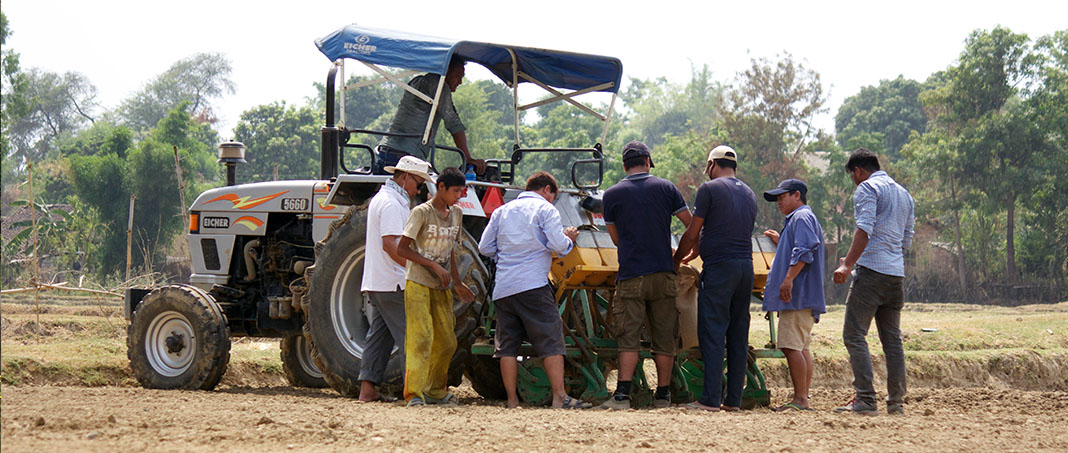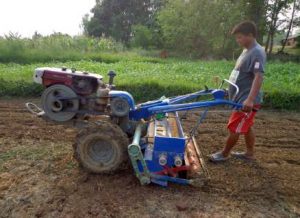Weeding Out Yield Losses in South Asia
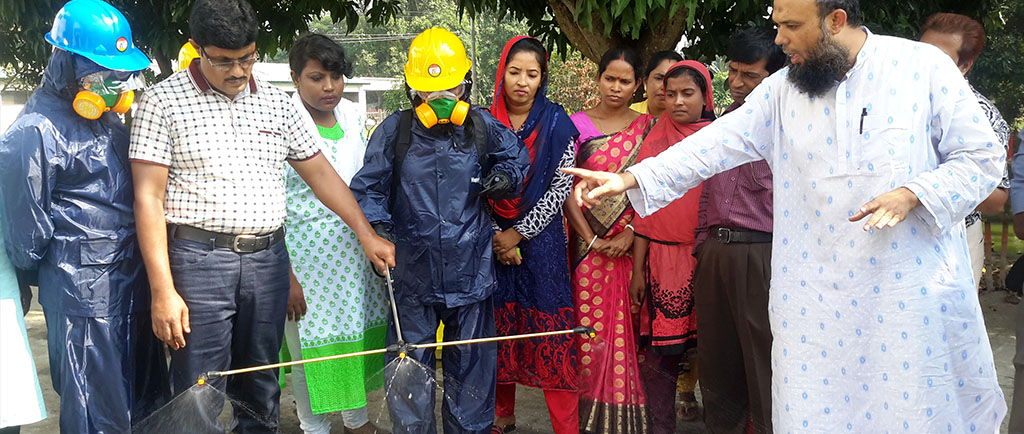 Weed infestation is among the primary barriers to achieving the full yield potential of crops, including improved cultivars, in South Asia. According to Virender Kumar, Senior Scientist – Weed Science, International Rice Research Institute, “Unlike insects and disease where effects are more often immediately evident in the field, weeds are like a slow poison, working unseen in the background. Weeds are endemic to agricultural fields, have received relatively less attention from farmers, and are difficult to react to.”
Weed infestation is among the primary barriers to achieving the full yield potential of crops, including improved cultivars, in South Asia. According to Virender Kumar, Senior Scientist – Weed Science, International Rice Research Institute, “Unlike insects and disease where effects are more often immediately evident in the field, weeds are like a slow poison, working unseen in the background. Weeds are endemic to agricultural fields, have received relatively less attention from farmers, and are difficult to react to.”
Studies have shown that yield losses due to weeds can range from 15 to 90 percent in Bangladesh (Mamun et al. 1990, 1993, 2013*; Mazid et al. 2001*; Rashid et al. 2012). In India, studies (Rao and Chauhan, 2015; Milberg and Hallgren, 2003) have shown approximately 33 percent yield losses were attributed to weeds, followed by insect pests at 26 percent and diseases at 20 percent. Specifically for rice, 15 percent of losses in transplanted rice were attributed to weeds, as were 30 percent of losses in direct seeded rice. The situation worsens for rice cultivated in upland ecologies, such as Mayurbhanj district in Odisha. Here, 45 percent, or higher, of yield losses have been attributed to weeds.
In the geographies where the Cereal Systems Initiative for South Asia (CSISA), led by the International Maize and Wheat Improvement Center (CIMMYT), is active, effective, accessible and affordable weed management tools are needed as manual hand-weeding still dominates and weeds continue to be poorly controlled. In southern Bangladesh, the Indian states of Bihar, eastern Uttar Pradesh and Odisha, and the Terai region of Nepal, herbicide use remains very low and herbicide markets are only at a nascent stage of development. Increasing labor out-migration and the resulting rise in wages is expected to eventually drive up herbicide demand in these regions, but imprecisely or incorrectly applying herbicides is not the answer.
Farmers often lack knowledge on safe and integrated weed management practices. Therefore, all across South Asia, CSISA has adopted a new approach to safe and efficient use of herbicides, with the major focus still on the agronomic management of weeds. CSISA research results show that the integration of new classes of safe and effective herbicides with other cultural practices, supported by hand and mechanical weeding, resulted in up to 25 and 29 percent increase in grain yields in Odisha and Bihar, respectively, for transplanted rice and a reduction in weed control costs compared to farmers’ current practices. This method of integrated weed management (IWM) addresses labor bottlenecks in intensive rice-based systems and is also an important enabling factor for the adoption of sustainable intensification technologies such as direct-seeded rice and zero-tillage wheat.
“Most rice farming in South Asia is subject to water shortages, imbalanced fertilizer use and increased frequency of extreme weather, which allow complex weed flora to dominate and weeds to triumph in the face of crop–weed competition. We’re trying to move from conventional to new systems, to reduced water consumption and tillage. Naturally, this means we’re going to see even more weeds,” said Kumar, who also leads CSISA’s work on IWM. By undertaking collaborative applied research and creating business intelligence with national agricultural research and extension systems and private sector partners, CSISA hopes to help build a critical mass of IWM adopters in these regions. CSISA is working on demonstrating the efficacy of new molecule combinations for the control of complex weed flora, facilitating market development of new molecule combinations, and on promoting other non-chemical options such as dust mulching, fallows management, better land preparation, cropping system intensification and mechanical weeding.
In Bangladesh, by partnering with the Agricultural Input Retailers Network, CSISA has leveraged an existing platform of private sector agricultural input dealers to ensure its practical lessons on implementing IWM reach nearly 25,000 farmers this year alone. Approximately 800 input dealers underwent training on IWM conducted jointly by CSISA, Bangladesh Department of Agricultural Extension and Bangladesh Agricultural Research Institute. Sajedul Islam, an agricultural input dealer from Jhenaidah district, said, “The method of calibrating the herbicide sprayer is a new and useful aspect of herbicide use, which I have learned from this training. I am now capable of doing the calibration myself and shall be able to pass this knowledge to farmers, which will help reduce their risk from improper herbicide use.” The other participants, like Islam, are naturally motivated to help disseminate these lessons to a much larger audience since it would directly benefit their businesses.
CSISA is working to create a similar network in India as well. A consultation organized in Odisha in January, for example, brought together representatives of major herbicide companies, research organizations, sprayer manufacturers, NGOs, dealers/retailers and service providers. By providing these organizations a common platform to share their knowledge and pool their resources, CSISA hopes to build a robust platform that will ensure its message on IWM reaches farmers quickly.
This article is authored by Anurag Ajay, Monitoring and Evaluation Specialist, CIMMYT-India and M. Shahidul Haque Khan, Communications Officer, CIMMYT-Bangladesh.
*Mamun, A. A. 1990. Weeds and their control: A review of weed research in Bangladesh. Agricultural and Rural Development in Bangladesh. Japan Intl. Co-operation Agency, Dhaka, Bangladesh. JSARD. 19: 45-72.
*Mamun, A.A., S.M.R. Karim., M. Behum., M.I. Uddin., and M.A. Rahman. 1993. Weed survey in different crops under three agro-ecological zones of Bangladesh. BAURESS Prog. Report. 8: 41-51.
*Mamun, M.A.A., R. Shultana., M.M. Rana., and A.J. Mridha. 2013. Economic threshold density of multi species weed for direct seeded rice. Asian J. Agril. Rural Develo. 8: 523-531.
*Mazid, M.A., M.A. Jabbar., C.R. Riches., E.J.Z. Robinson., M. Mortimer., and L.J. Wade. 2001. Weed management implications of introducing dry-seeding of rice in the Barind Tract of Bangladesh. In: Brighton Crop Protection Conference, 13–15 November 2001. 211–216 pp.
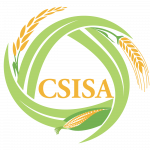
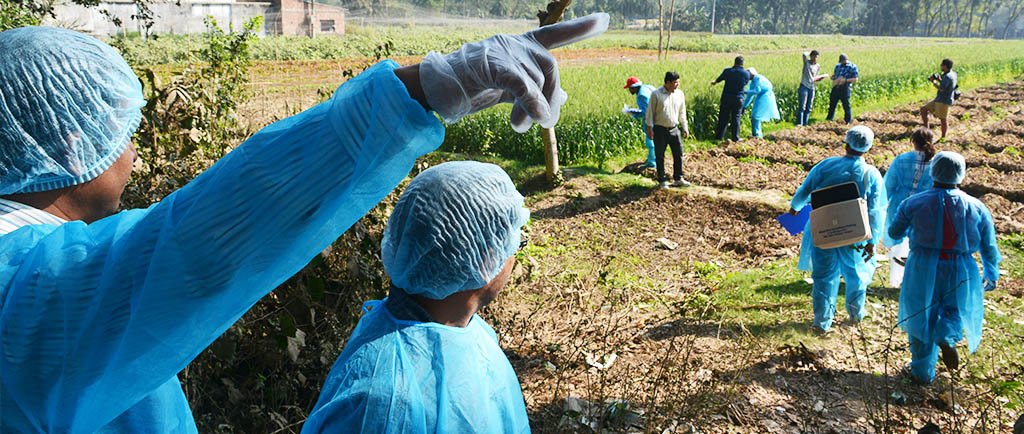 Last year, the devastating disease wheat blast was observed in South Asia for the first time. Caused by the fungus Magnaporthe oryzae pathotype Triticum (MoT) and first discovered in Paraná State, Brazil, in the mid-1980s, blast constitutes a major constraint to wheat production in South America. The sudden appearance of a highly virulent MoT strain in Bangladesh presents a serious threat to food and income security in South Asia, home to 300 million undernourished people and whose inhabitants consume over 100 million tons of wheat each year. Last year, blast caused considerable production losses in Bangladesh. Approximately 15,000 hectares in the south-western and southern districts of Kushtia, Meherpur, Chuadanga, Jessore, Jheneidah, Barisal and Bhola experienced crop losses due to blast. Average yield loss was estimated at 25-30 percent, but in severely infected fields, the entire crop was lost.
Last year, the devastating disease wheat blast was observed in South Asia for the first time. Caused by the fungus Magnaporthe oryzae pathotype Triticum (MoT) and first discovered in Paraná State, Brazil, in the mid-1980s, blast constitutes a major constraint to wheat production in South America. The sudden appearance of a highly virulent MoT strain in Bangladesh presents a serious threat to food and income security in South Asia, home to 300 million undernourished people and whose inhabitants consume over 100 million tons of wheat each year. Last year, blast caused considerable production losses in Bangladesh. Approximately 15,000 hectares in the south-western and southern districts of Kushtia, Meherpur, Chuadanga, Jessore, Jheneidah, Barisal and Bhola experienced crop losses due to blast. Average yield loss was estimated at 25-30 percent, but in severely infected fields, the entire crop was lost.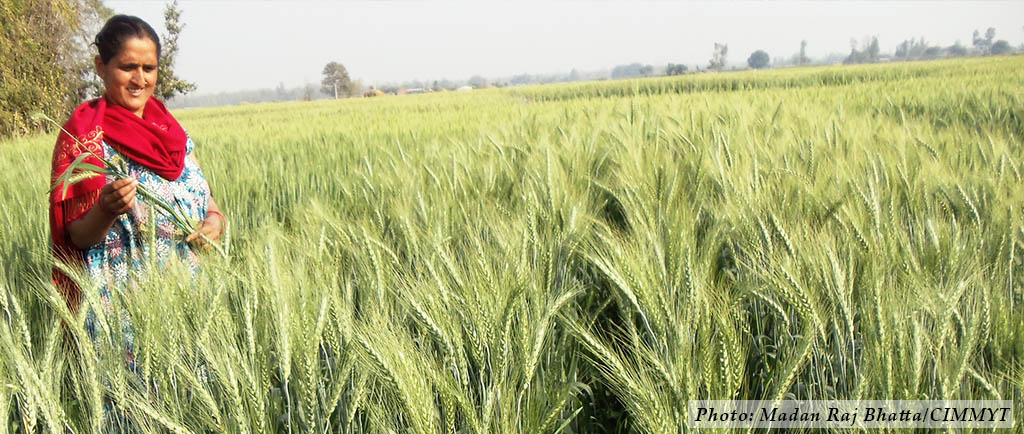 Many Nepalese seed companies are showing signs of significant growth, particularly with an increase in wheat seed sales over the past few years. Three companies, New Shreeram, GATE and Unique, have increased their volumes of wheat seed sales by almost 62% on average over the period of 2014-16. This growth is notable in Nepal’s current cereal seed industry, which is at a relatively nascent stage, composed primarily of small- to medium-scale enterprises that often lack business plans, have relatively low operating capital, and have limited processing and storage facilities. These companies produce truthfully labelled seeds of open-pollinated crop varieties, which are then released and registered by the National Seed Board (NSB).
Many Nepalese seed companies are showing signs of significant growth, particularly with an increase in wheat seed sales over the past few years. Three companies, New Shreeram, GATE and Unique, have increased their volumes of wheat seed sales by almost 62% on average over the period of 2014-16. This growth is notable in Nepal’s current cereal seed industry, which is at a relatively nascent stage, composed primarily of small- to medium-scale enterprises that often lack business plans, have relatively low operating capital, and have limited processing and storage facilities. These companies produce truthfully labelled seeds of open-pollinated crop varieties, which are then released and registered by the National Seed Board (NSB).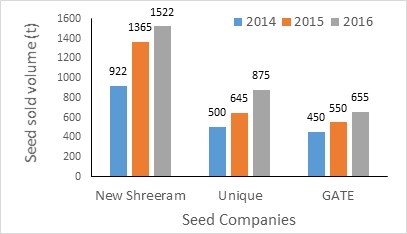
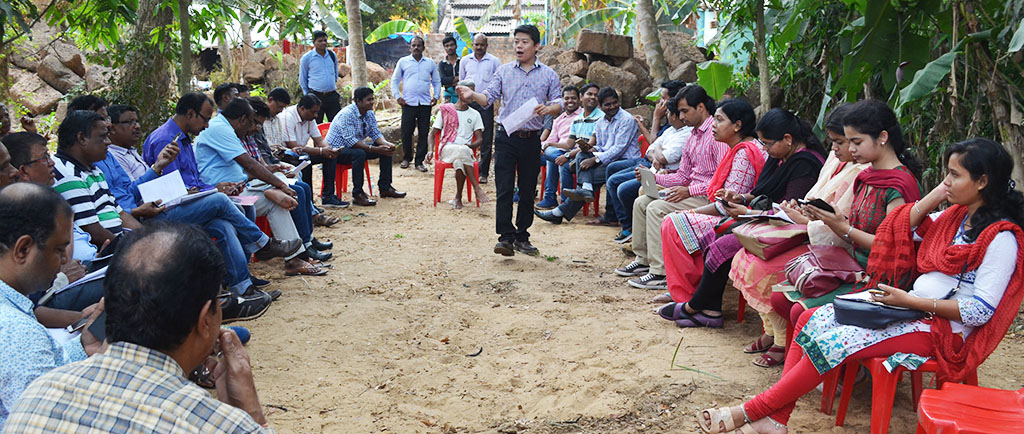 The Cereal Systems Initiative for South Asia (CSISA), led by the International Maize and Wheat Improvement Center (
The Cereal Systems Initiative for South Asia (CSISA), led by the International Maize and Wheat Improvement Center (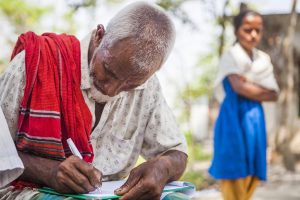

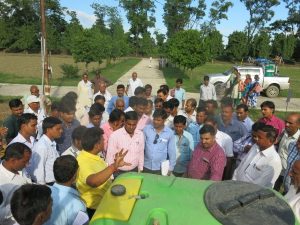
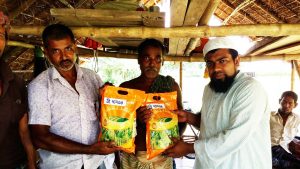
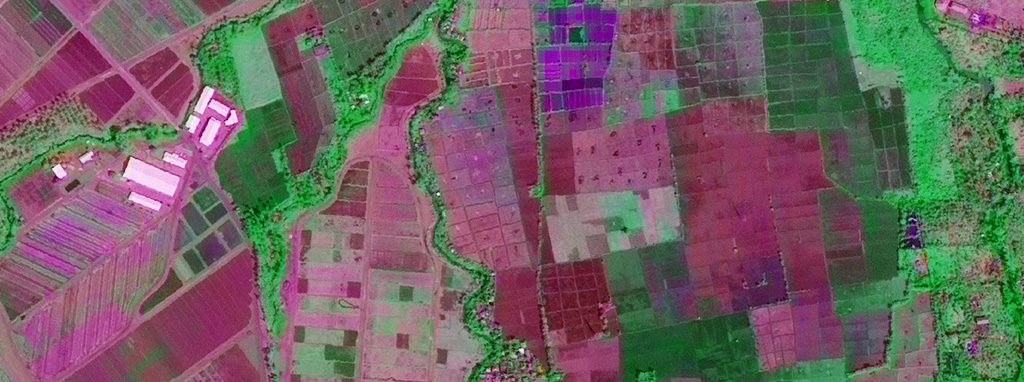
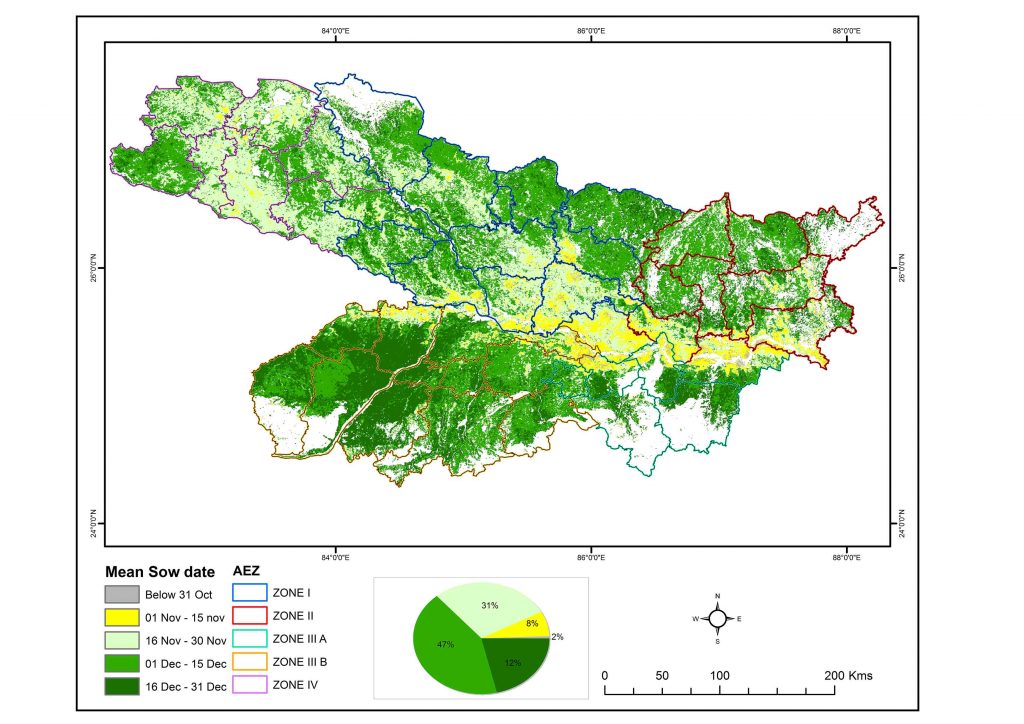
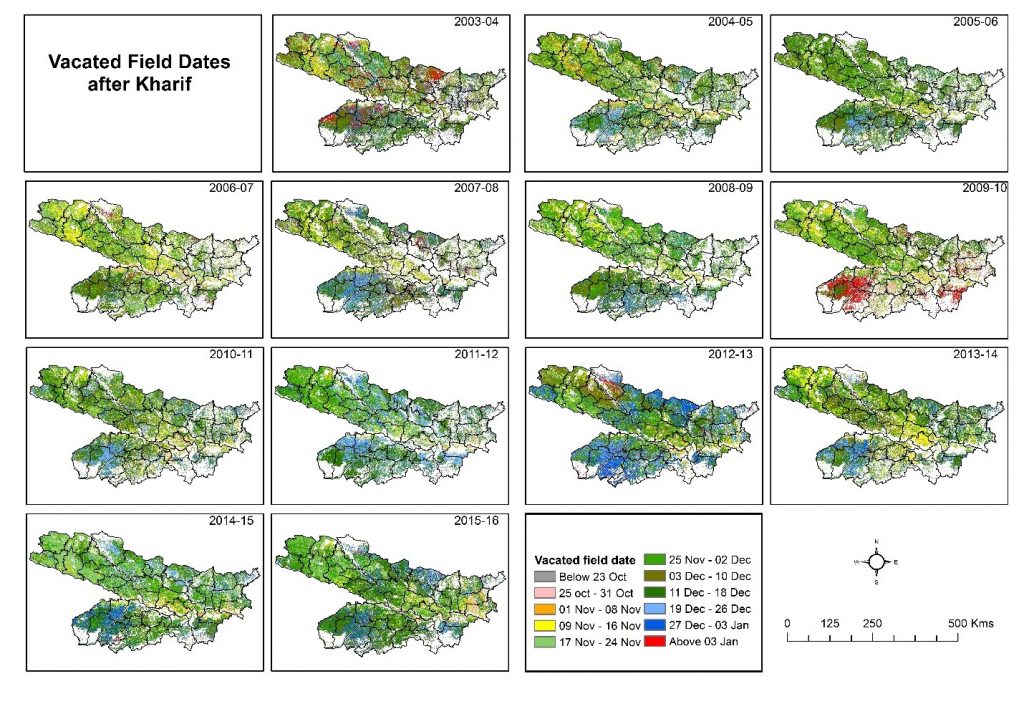
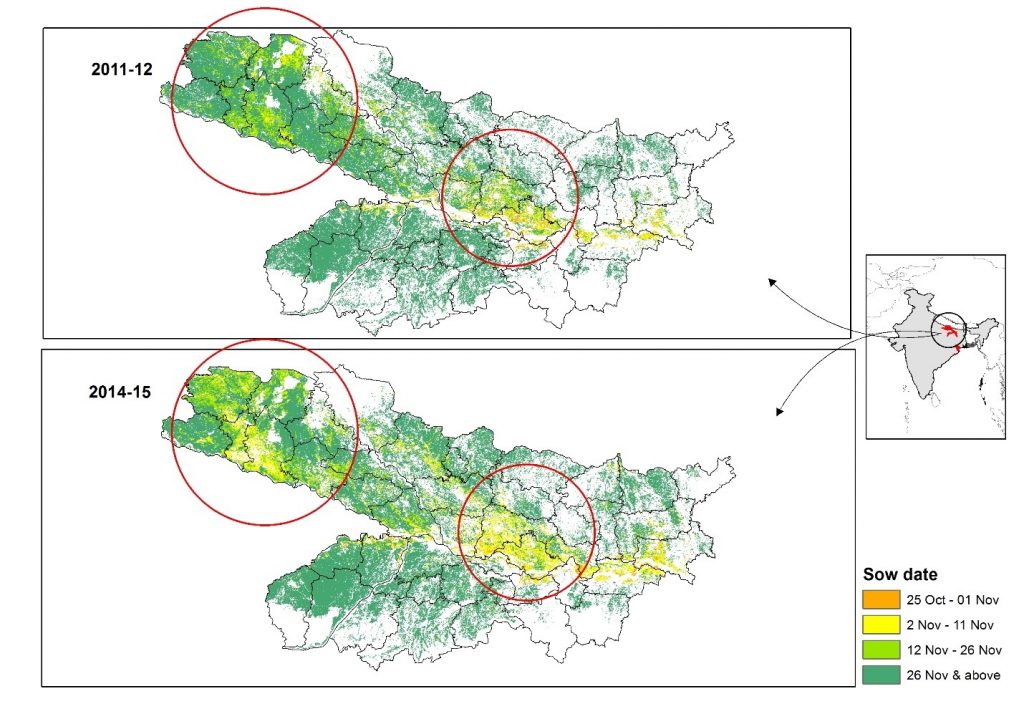
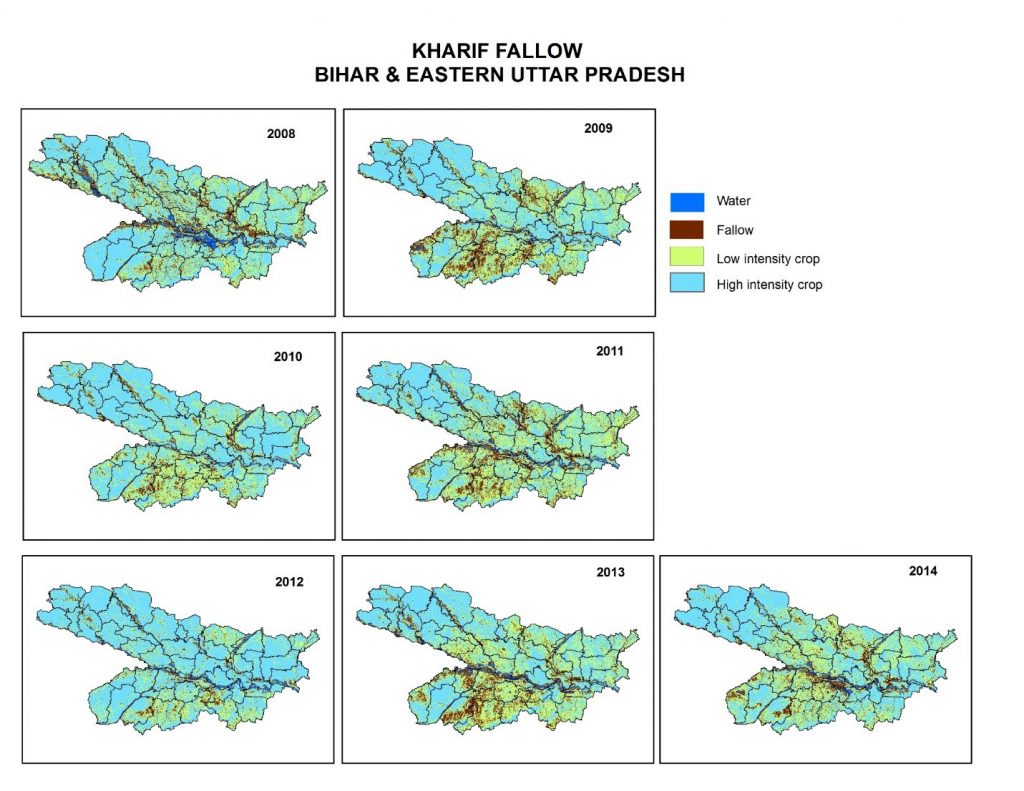
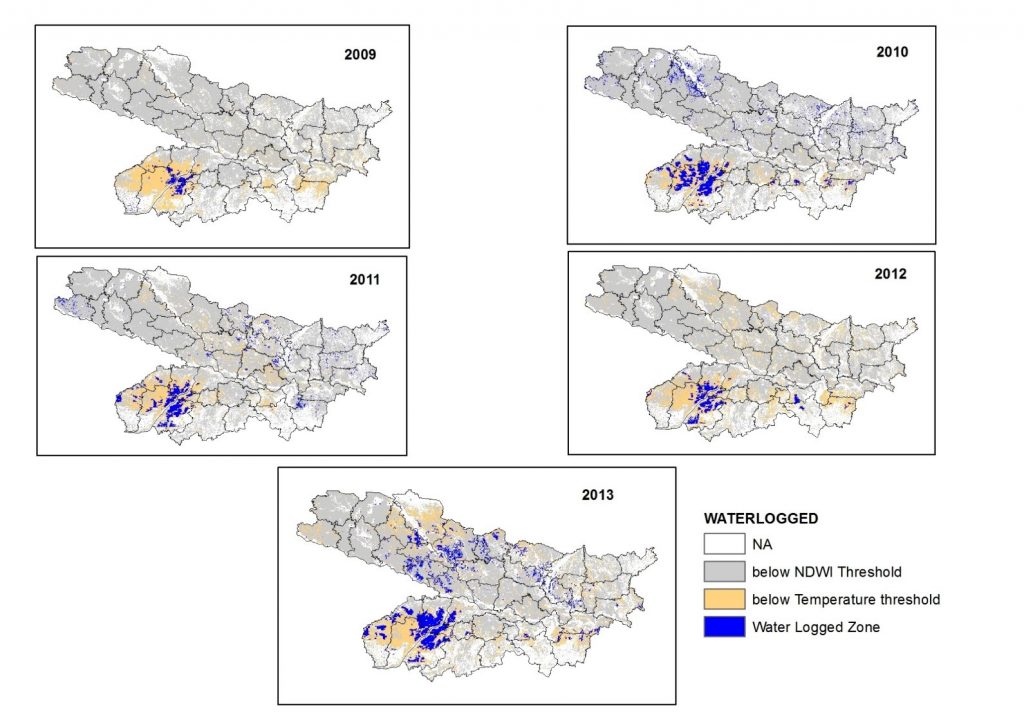

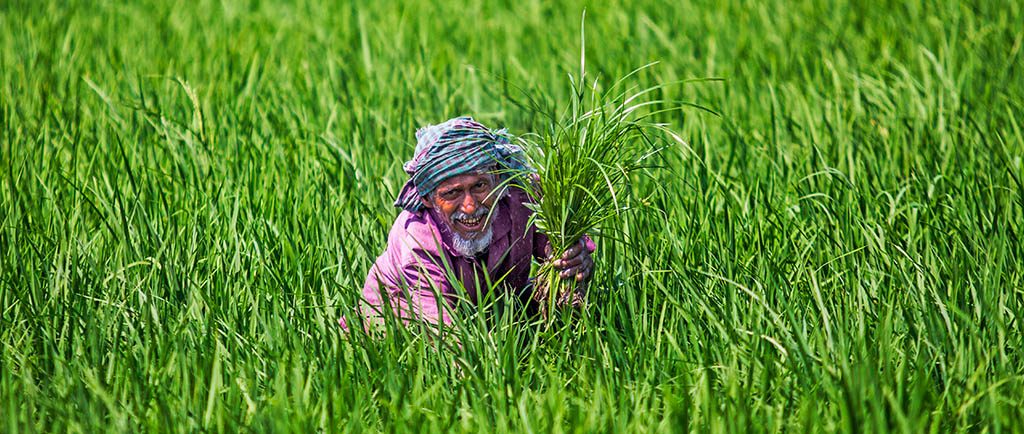
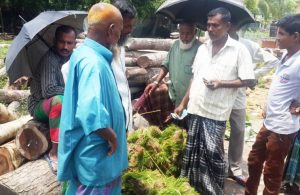
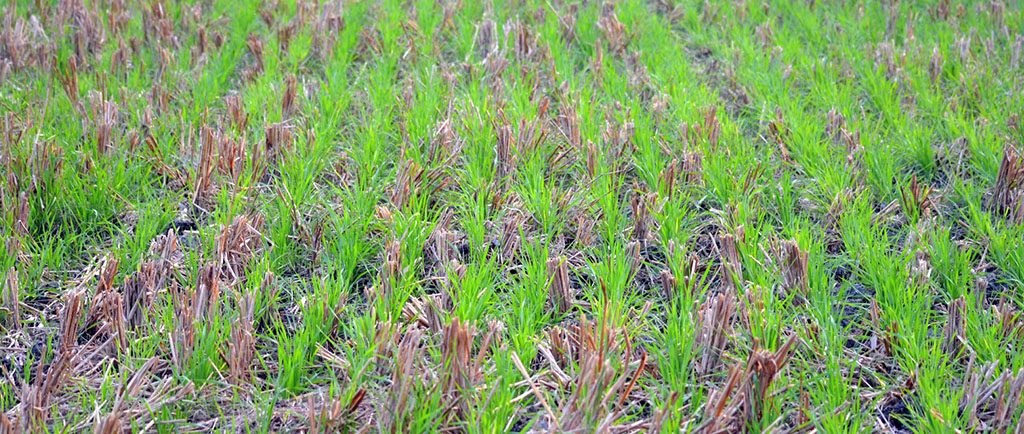
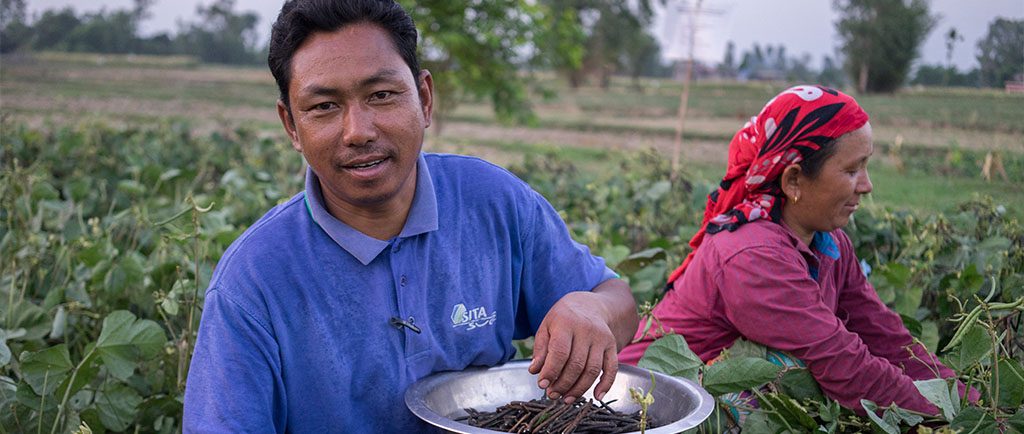
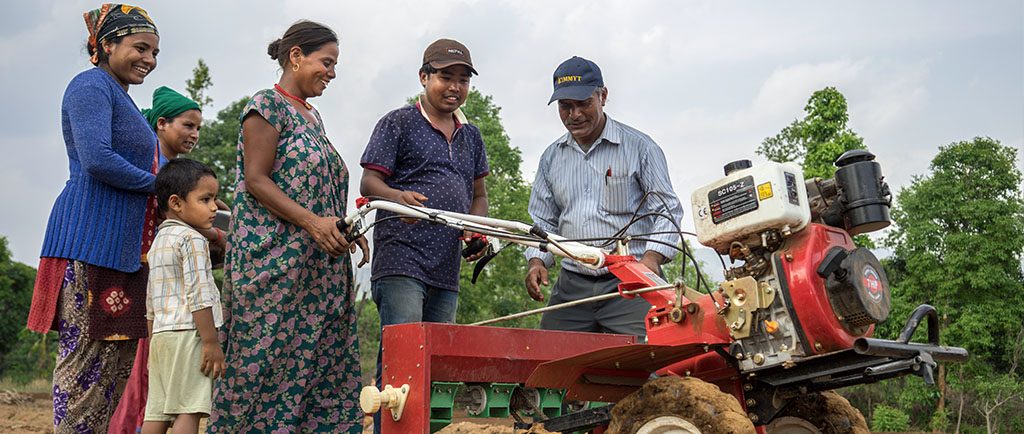
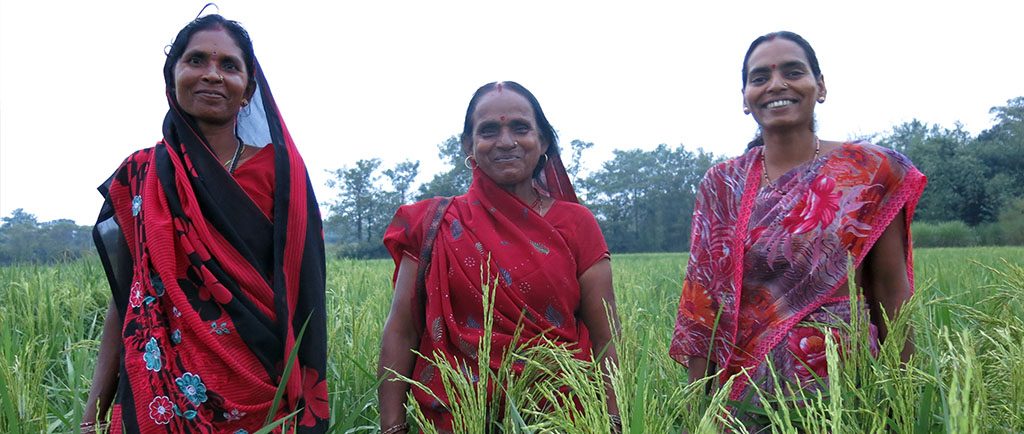
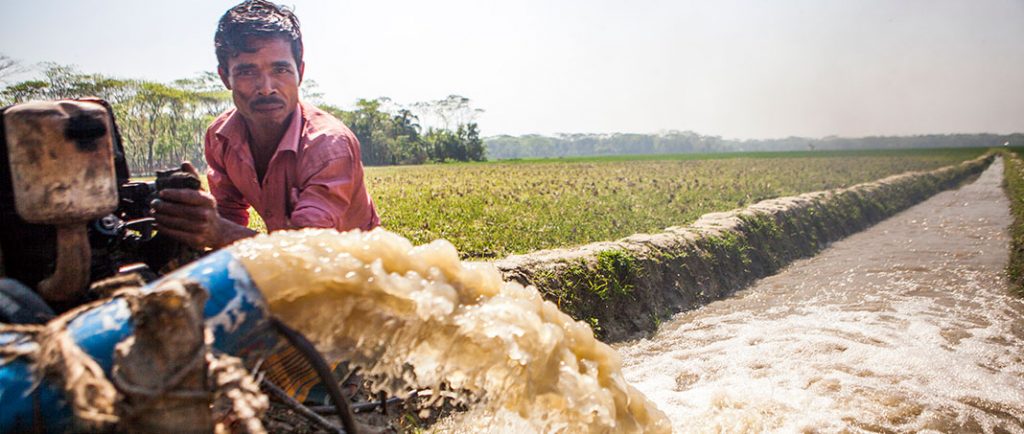
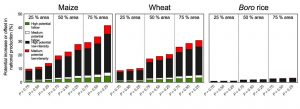
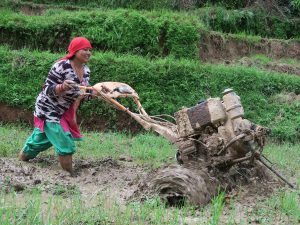 CIMMYT’s Earthquake Recovery Support Program (EQRSP) has directly impacted the lives of nearly 50,000 farmers in the earthquake-hit areas of Nepal in the last one year. Supported by the U.S. Agency for International Development (USAID) and implemented in cooperation with Nepal’s Ministry of Agricultural Development, the 13-month EQRSP was started in June 2015 through a US$ 1 million grant to CSISA in Nepal. The program has deployed a suite of agricultural assets including mini-tillers and other farm machines, seed and grain storage facilities, agricultural hand tools, technical training and agronomy support across eight of the most risk-prone affected districts.
CIMMYT’s Earthquake Recovery Support Program (EQRSP) has directly impacted the lives of nearly 50,000 farmers in the earthquake-hit areas of Nepal in the last one year. Supported by the U.S. Agency for International Development (USAID) and implemented in cooperation with Nepal’s Ministry of Agricultural Development, the 13-month EQRSP was started in June 2015 through a US$ 1 million grant to CSISA in Nepal. The program has deployed a suite of agricultural assets including mini-tillers and other farm machines, seed and grain storage facilities, agricultural hand tools, technical training and agronomy support across eight of the most risk-prone affected districts.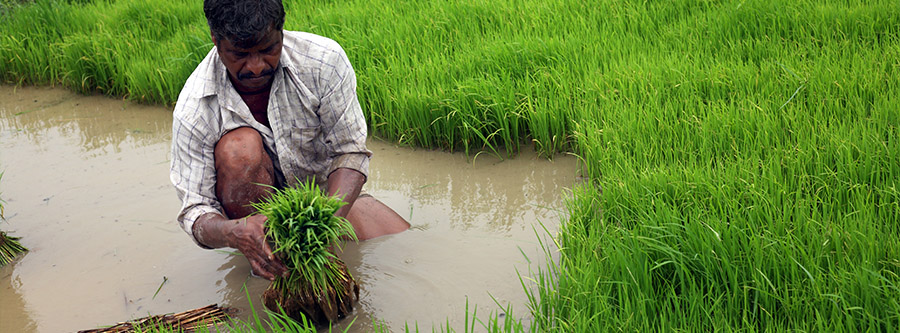
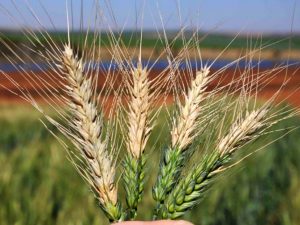
 The International Maize and Wheat Improvement Center (CIMMYT) signed a four-year agreement with the Indian Council of Agricultural Research (ICAR), Government of India, for collaborative work through the Cereal Systems Initiative for South Asia (CSISA) Phase III on 30 June 2016 in New Delhi.
The International Maize and Wheat Improvement Center (CIMMYT) signed a four-year agreement with the Indian Council of Agricultural Research (ICAR), Government of India, for collaborative work through the Cereal Systems Initiative for South Asia (CSISA) Phase III on 30 June 2016 in New Delhi.